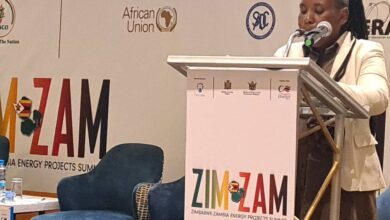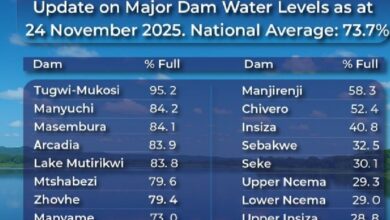PPC transforms Gwanda school with $120K donation, aims to boost food security
Silethemba Mlauzi
A Gwanda rural school is set to soar to new heights after receiving a life-changing donation from Pretoria Portland Cement (PPC). The cement giant has gifted Bengo Secondary School state-of-the-art science and computer laboratories, as well as a nutritious garden, in a bid to uplift the community and combat hunger.
Government officials, including Minister of Primary and Secondary Education Torerai Moyo, joined the community in lauding PPC’s corporate social responsibility initiative. Minister Moyo challenged locals to maximize the garden’s potential, transforming it into a sustainable food source for the school and community. With climate change threatening food security, the garden is seen as a vital lifeline. “This garden must not become a mere symbol,” Moyo stated. “It should actively contribute to alleviating food insecurity, especially in light of the challenges posed by El Niño-induced climate change.”
School head, Douglas Moyo, expressed optimism that the new facilities will reverse the school’s declining pass rate, which plummeted to a disheartening 7.14% in 2023. The school once boasted a 71.4% pass rate in 2016 but has faced challenges since the COVID-19 pandemic. “Being a rural school, we’ve experienced significant setbacks,” Moyo said. “We hope these new resources will help us regain our former glory.”
In a speech read on her behalf, Minister of State for Matabeleland South, Evelyn Ndlovu, hailed PPC’s contribution as a significant step towards shaping the community’s future.The donation is expected to have a profound impact on both the school’s academic performance and the community’s well-being.





